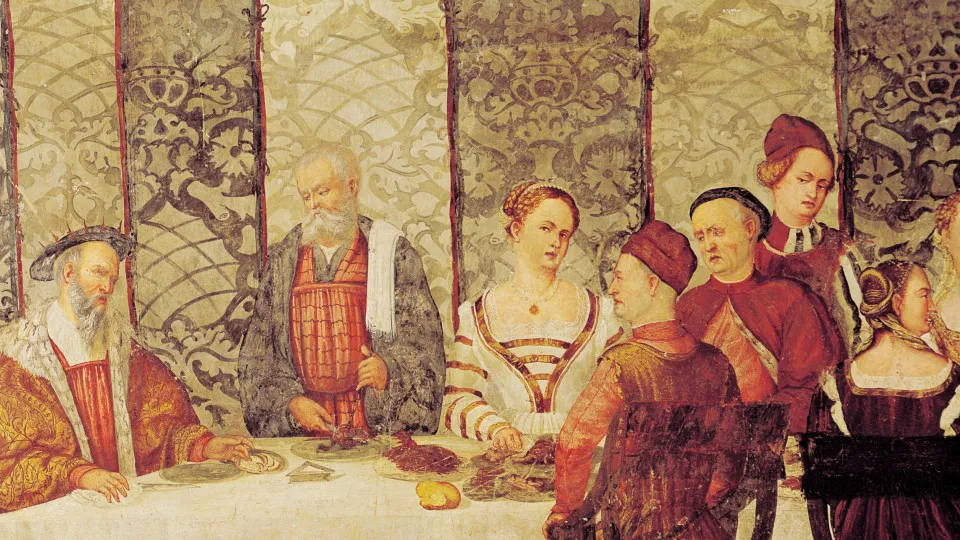The Middle Ages were a dark period in history.
This period was not just about dragons, righteous knights, and princesses.
From
500
CE to 1500
CE, Europe was dominated by the Catholic Church,
feudalism, famine, poverty, and death.
From the fall of the Roman Empire until the beginning of the Renaissance period, Europe saw the rise of wacky medicine, abusive law practices, religious fanaticism, violence, and disease.
From extreme weather events, to the demonization of animals and catastrophic disease outbreaks, this period of history had it all. For about 1,000 years we lived in a world where being alive was a victory on its own, let alone having a normal, comfortable life. Medieval times were very hard indeed.
In this gallery you'll discover some of the darkest events that plagued the Middle Ages. Click through and by the end of it, you'll be grateful for the world we have today.



